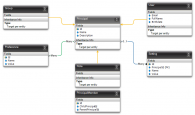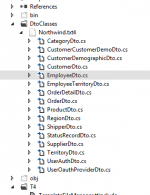In this post, we look at leveraging T4 templates to extend the power of LLBLGen inside of Visual Studio .NET. Writing T4 templates to auto-generate code is almost a norm at this point it seems, it’s built-in to ASP.NET MVC, and used as a first-class tool in most ORMs. So why not use T4 templates to extend the power of LLBLGen as well.
- Home /
- Posts tagged ".net"
Theming ServiceStack Razor Views
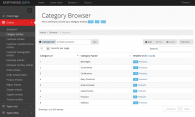
In this post, we look at adding theming capabilities to the ServiceStack Razor View engine. Source and live demo are included. This post is third in a series investigating ways to leverage ServiceStack in building a RESTful API and UI from a database. The main objective for this new theming capability is to allow easy development of new themes on top of the ServiceStack Razor view engine, with fallback capability to the default theme for views, content pages, master pages and layouts that don’t require specific theming.
.net, C#, llblgen, rest, servicestackSharePoint 2010 Service Application Development 101 – MailChimp Integration Example
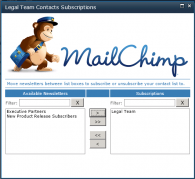
In this post, we will leverage the custom service application infrastructure and solution we put together in the last 4 posts to enhance the service application with new features and capabilities. The sample feature we will add is an integration between SharePoint and MailChimp, enabling sites to synchronize a contacts list to a MailChimp list.
.net, C#, MailChimp, mycorp, saf, service application, sharepoint, wcfSharePoint 2010 Service Application Development 101 – Admin UI and PowerShell
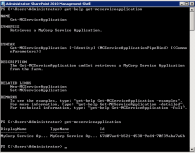
In this post we explore how to configure various aspects of a SharePoint 2010 service application. This includes building some customizations in the application pages and extending the service application with powershell scripts. It is really up to your imagination when it comes to what you want to include and how you want to manage your service app, SharePoint gives you a tremendous amount of flexibility when it comes to these things.
.net, admin, C#, mycorp, powershell, sharepointSharePoint 2010 Service Application Development 101 – Getting Started
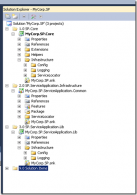
In this series, we will explore what it takes to build and manage a custom service application in SharePoint 2010. The most attractive reason to me for building a service application is to logically bundle a set of services and/or capabilities provided by in-house and 3rd party applications and systems within the SharePoint infrastructure.
.net, C#, integration, mycorp, saf, service application, sharepointUsing Autofac in SharePoint 2010

Up till now in my SharePoint 2010 projects, I’ve been using the very nice SharePoint Service Locator implementation, from the patterns & practices group. This has been really useful, and works great. If you’re not familiar with the service locator pattern, you can read up on it here. Using this pattern, it’s easy to build a lightweight common library that you pass out to your team (or as is often the case “teams”) of developers without them having to mess around with the implementation of every interface.
.net, autofac, di, ioc, sharepointExtending Quartz.NET – A sequential plugin execution engine

LLBLGen Pro, Entity Framework 4.1, and the Repository Pattern
